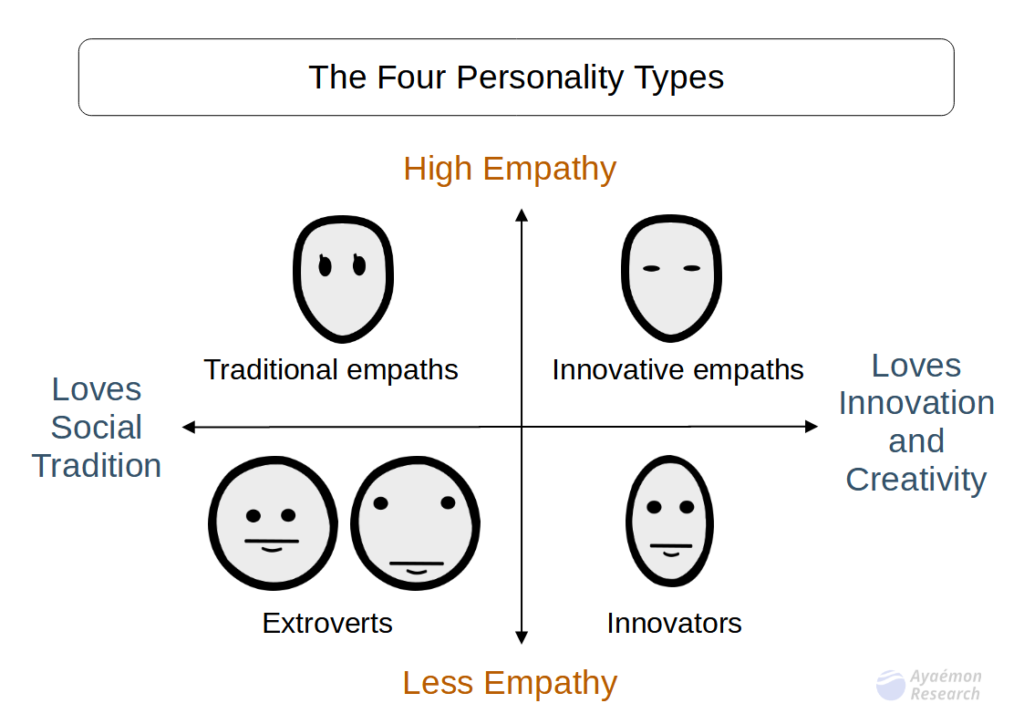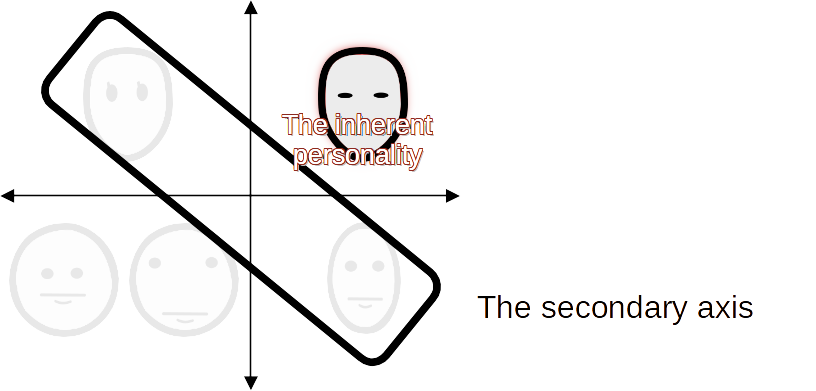Recently, I have developed a mental therapy method called the Cross-Judging method. We can apply it to many mental adjustments.
Typical examples are getting motivated or finding something fun to do next. Today, I will talk about it. Perhaps this motivational way will be a brand-new method to get motivation based on a mental system.
How to get motivated
Sometimes, we want more motivation for our activities. We sometimes lose our enthusiasm after having enough fun with one thing. We find it hard to keep that activity going any longer. In addition, we cannot find anything else to devote ourselves to. They make us feel bored and less energetic.

However, we don’t know how to find a new enthusiastic activity. That often makes us keep doing the same thing and decline our motivation.
Today, I will talk about how to get motivated with the Cross-Judging method. This might help us find a new activity we can do energetically.
The four types of personalities
There are two approaches to having fun. The opposite approach could give us new opportunities when we lose our motivation.
To explain that, let me introduce the four types of personalities that I frequently use. It is as follows:

An explanation of each personality
There are four types of personalities. We classify personalities on two axes. One is highly empathic or less empathic. The other is preferring maintaining or preferring changing.
- Extroverts are people who like competition in the usual ways. The greatest joy is to win and be praised by everyone.
- Traditional empaths are people who like helping weak people in the usual ways. The greatest joy is to be pleased with others, even if it is a small number, and to belong to a community.
- Innovative empaths are people who like helping weak people in new ways. The greatest joy is to be pleased with others, even if it is a small number, and to be more creative.
- Innovators are people who like competition in new ways. The greatest joy is to win and to be more creative.

We have those personalities inside us as well.
Two axes of the Cross-Judging method
Then, I will introduce the Cross-Judging method. This is the mental therapy method I have developed these days to stabilize our minds.
In the Cross-Judging method, we have two axes to balance our minds, as follows:
- The primary axis (the inherent axis): The axis that connects our inherent personality and an inferiority complex.
- The secondary axis (the complementary axis): The axis that connects the personalities that have something in common with our inherent personality.
Those two axes shape an X-shape, like the following image:

An example of an innovative empath
To make it easier to understand, I will explain with an example. Assume we are an innovative empath.
The balance of the primary axis
In this case, the primary axis will be the following axis:

This axis gives us long-term comfort or short-term excitement. If we prioritize our true nature, the innovative empaths, we can live comfortably and naturally in the long term. However, to realize such a lifestyle, we must sacrifice the short-term benefits, such as money or praise.
On the other hand, if we lean on the side of an inferiority complex, the extroverts, we can live more excitingly in the short term. It will give us social values, such as money or praise, but it is necessary to sacrifice the long-term benefits that allow us to live as we are.
We can balance them based on the vision of the long-term and the short-term. That allows us to progress without straining ourselves.
The balance of the secondary axis
The secondary axis will be the following image:

This balance determines our boredom or enthusiasm.
The following two states make us bored. One is when we lean to one side and reach the limit. The other is when we balance them too steadily.
The first is when we lean to one side and reach the limit. For example, when we feel joyful with feeling empathy, we are leaning to the side of the traditional empath and developing the skill of using emotions well. However, it has a limit. After reaching the limit, we feel bored little by little.
In such a time, we can find a new possibility on the opposite side, the activities of the innovator side.
Try reading stories or comics about innovators or creative ways when we get bored reading highly empathic stories. That will give us fresh opportunities to have fun.
How to get enthusiasm
The second state that makes us bored is when we balance them too steadily. This is because we don’t create changes.
To gain new enthusiasm, we can intentionally break the balance of the secondary axis. We can feel more energy to develop that side. That makes us fun, as long as we don’t reach the limit.

Those two approaches will give us comfort and enthusiasm. If we want more comfort, we can stabilize our minds by balancing the secondary axis. If we feel bored and want joy, we change the side of the axis or break the balance more.
It doesn’t make much difference in our long-term goals as long as we can balance because it doesn’t affect the primary axis.
Avoiding destructive effects
Although the secondary axis usually doesn’t influence the primary axis, there are exceptions. If we keep losing the balance of the secondary axis for the long term, we could make a big mistake because it also has destructive effects. That sometimes impacts the primary axis negatively.
For example, we sometimes waste our resources impulsively, such as impulse buying or impulsive offense. We have them when we have a sudden rebound or obsessive pursuit toward the traditional empath side. This is because that personality wants to fill our emotions without logic. That is the destructive effect of traditional empaths.

On the other hand, if we keep leaning toward the innovator side too much, we tend to feel like machines without hearts or happiness. Only necessity or efficiency drives us. We will feel we waste our time in life. The innovator personality prefers logic and eliminates emotions. That is the destructive effect of innovators.
That is why we have to balance the secondary axis well. They determine our boredom or enthusiasm.
If we can make the balance of it, the rest is the balance of the primary axis. After we find a good point to balance both axes, we will feel we are progressing our lives at the best pace.
Conclusion
Above is the way to get motivated with the Cross-Judging method.
With a good balance between both axes, we can progress in our lives comfortably.
This might help us find new opportunities to make our lives more energetic.
Thank you for reading this article. I hope to see you in the next one.


